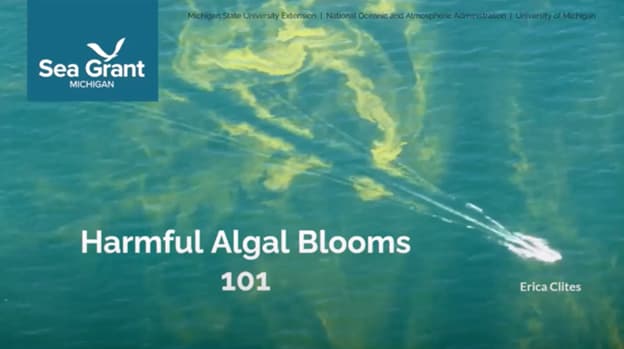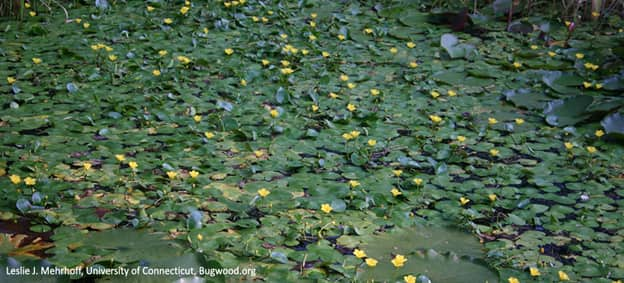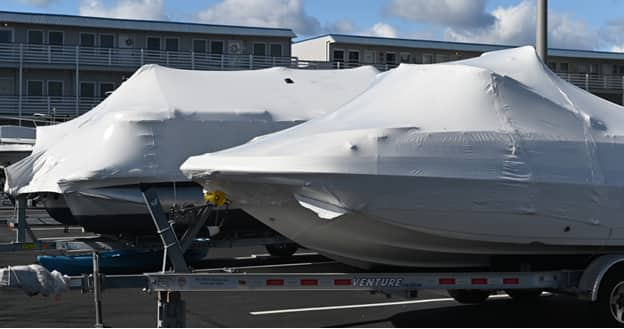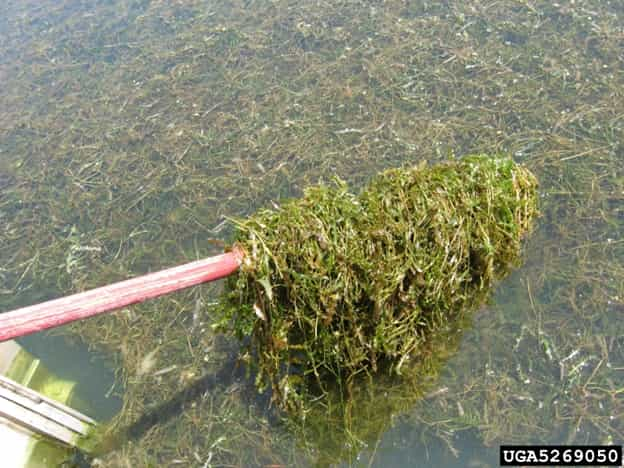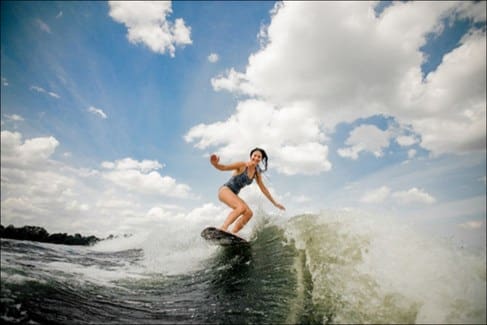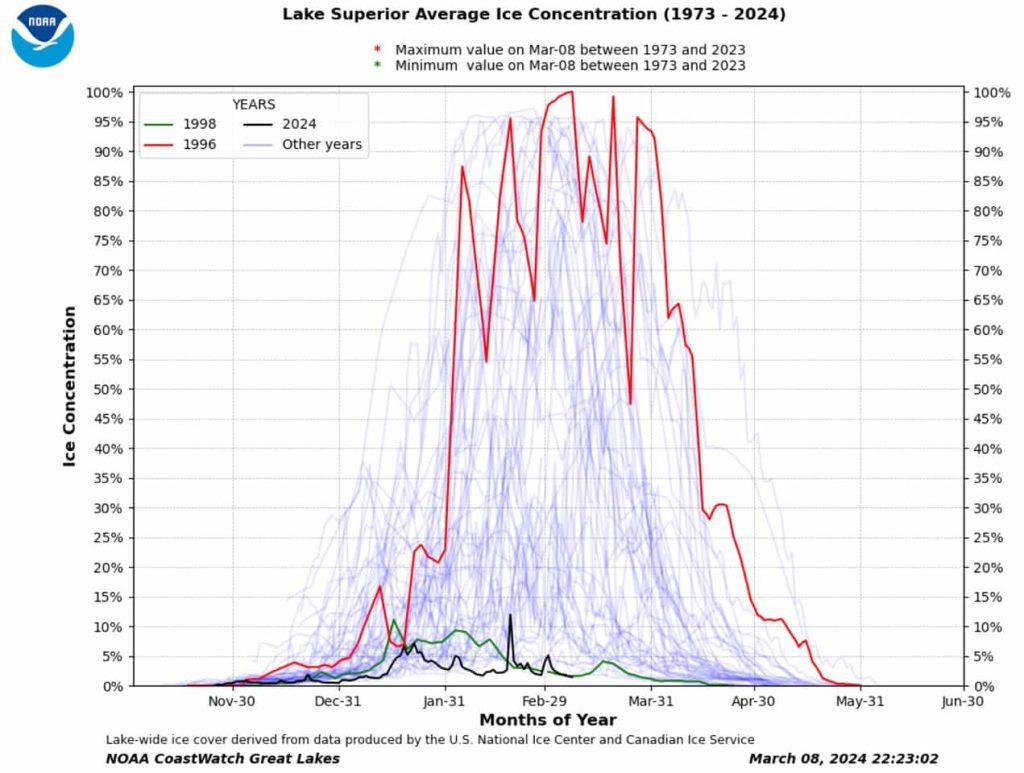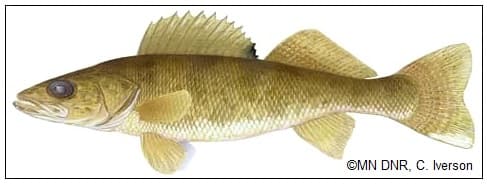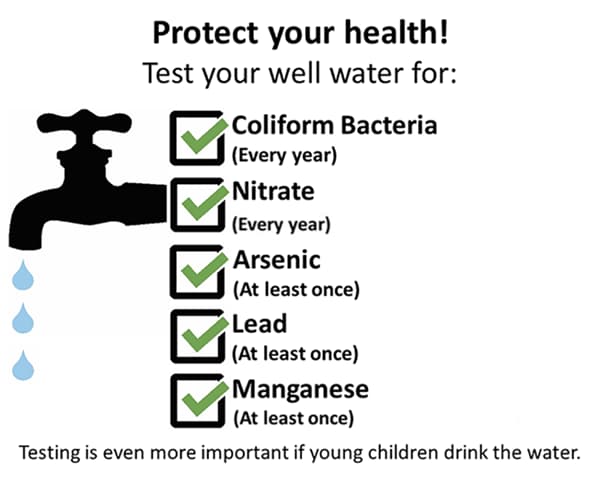
Private wells produce 20% of Minnesota’s drinking water and serve a majority of waterfront property owners in the state. If you have a private well, you should know that the Minnesota Department of Health (MDH) recommends you test for nitrates and coliform bacteria every year, especially if babies or young children are drinking your well water.
They have a webpage on private well testing that provides more details.
Regarding Per- and Polyfluoroalkyl Substances (PFAS) – Even though MDH recently reported that 22 Minnesota water systems have PFAS levels above the new federal limits, they do not recommend that every private well is tested for PFAS. If you use a private well for drinking water that is included in an existing environmental investigation near a known source of contamination, the Minnesota Pollution Control Agency (MPCA) will notify you if your well might be affected. If you still want to test your private well for PFAS and are not a part of an MPCA environmental investigation, see the Testing your private well for PFAS section.

